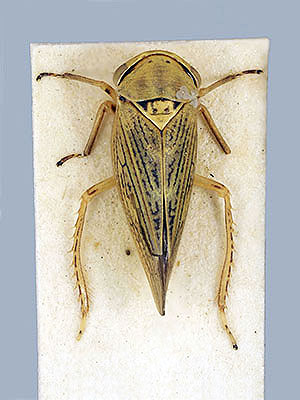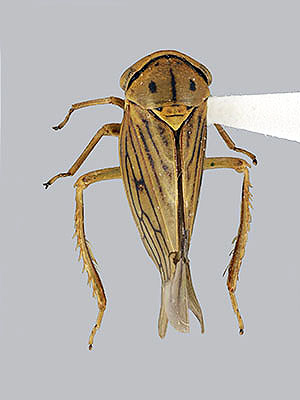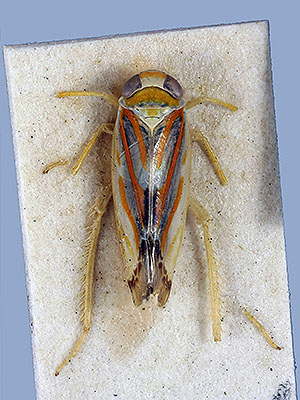Edith’s Green Leafhopper, which is or was endemic to the island of Saint Helena, was described in 1878, however, its genus name is placed between quotation marks because it apparently is invalid and the species belongs in another genus.
This species was found by Mrs. and Mr. Wollaston at Cason’s, Diana’s Peak, and high Peak in the central ridge of the island, but was not recorded during field surveys in 1965/66 and during the most recent searches in 2005/06 and is probably extinct now. [1]
*********************
References:
[1] Howard Mendel; Philip Ashmole; Myrtle Ashmole: Invertebrates of the Central Peaks and Peak Dale, St. Helena. Report for the St Helena National Trust, Jamestown 2008
*********************
edited: 02.12.2018



